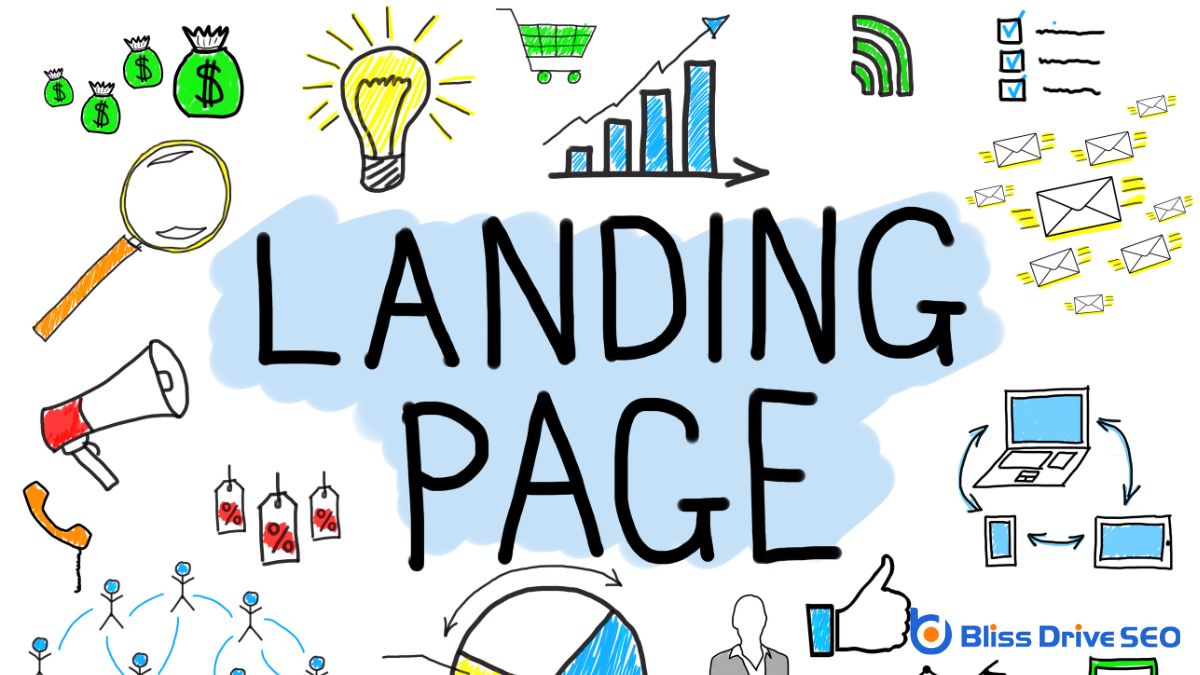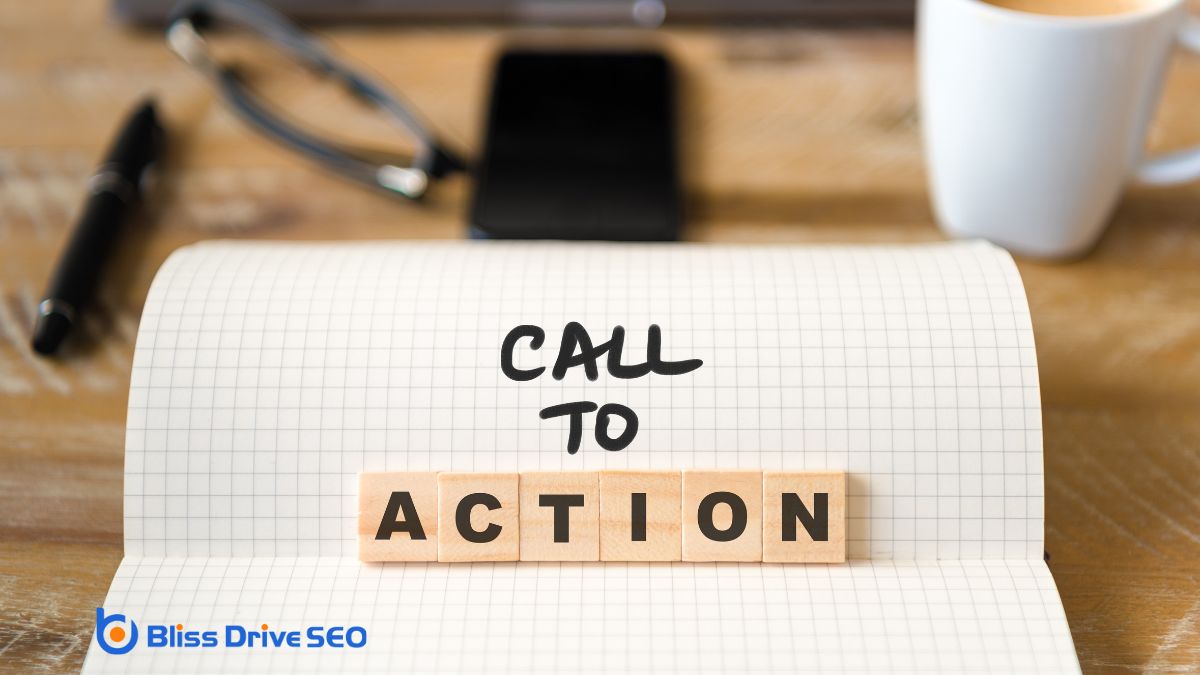Digital Marketing Services
Learn More About Us

You've likely noticed that your conversionThe completion of a desired action by a referred user, such as making a purchase or filling out a fo... rates aren't where you'd like them to be. To tackle this issue, start by analyzing how users interact with your site. Where do they engage, and where do they drop off? From there, you can optimize landing pages for clarity and impact. But don't stop at just visuals; website speed and navigation play essential roles, too. Streamlining these elements could be the key to holding a user's attention. And what about those call-to-action buttons? Are they truly compelling? Let's explore how these strategies can transform your conversion rates.
When trying to fix your conversion rateThe percentage of visitors who complete a desired action, such as making a purchase or filling out a..., analyzing user behavior is essential. Start by examining how visitors navigate your website. Identify which pages they spend the most time on and where they drop off. Use tools like heatmaps to see where users click and scroll. This data reveals what captures their interest and what might confuse them.
Look at your analyticsThe systematic computational analysis of data or statistics to gain insights and support decision-ma... to track user journeys. Notice any patterns or common paths. Are there obstacles that repeatedly block conversions? Understanding these behaviors helps you pinpoint areas to improve.
Also, pay attention to feedback and reviews. They offerThe specific product or service being promoted by affiliates. insights into user expectations and frustrations.

To boost your conversion rate, focus on optimizing your landing pages. Start by ensuring your page has a clear, concise message. Visitors should immediately understand your offer and why it matters.
Use compelling headlines and engaging visuals to grab attention. Keep your design clean and uncluttered, guiding users toward a specific call-to-action (CTA). Make sure your CTA stands out and uses action-oriented language.
Additionally, trust elements like testimonials or reviews can build credibility. A/B testingA method of comparing two versions of a web page or app against each other to determine which one pe... different elements can reveal what works best with your audience.
Don't forget to make your landing page mobile-friendly. Many users browse on their phones, and a non-optimized page could leadA potential customer referred by an affiliate who has shown interest in the product or service but h... to missed opportunities.
While many factors influence conversion rates, improving your website speed can have a significant impact. When your site loads quickly, it not only enhances user experience but also keeps visitors engaged, increasing the likelihood of conversions.
To boost your website speed, consider the following steps:
Improving website speed is essential for enhancing user experience, but equally important is making certain visitors can easily navigate your site. When users can't find what they're looking for quickly, they're likely to leave.
Start by simplifying your menu. Limit the number of items to the most essential ones, and use clear, descriptive labels. Prioritize intuitive design—group similar pages together and make sure all links work properly.
Breadcrumbs can help users track their journey on your site, reducing frustration. Make your search bar prominent; it should yield relevant results promptly.
Additionally, make certain your site is mobile-friendly since many users browse on their phones. By streamlining navigation, you make the path to conversion smoother, keeping visitors engaged and satisfied.

A compelling call-to-action (CTA) can be the difference between a casual visitor and a committed customer.
To enhance your CTA, focus on clarity and appeal. Make certain your message is concise and straightforward, guiding users toward the desired action without confusion.
Consider these strategies:
Once you've crafted an enticing call to action, the next step is to guarantee its effectiveness by employing A/B testing. This method lets you compare two versions of a webpage or element to see which one performs better.
Start by creating two variations: Version A (your control) and Version B (your test). Change one element, like a headline or button color, and track which version converts more effectively.
A/B testing provides concrete data about what resonates with your audience, eliminating guesswork. Use tools like Google Optimize or Optimizely for easy setup and analysis.
To boost your conversion rate, start by analyzing user behavior to spot engagement patterns and drop-off points. Optimize your landing pages with clear messaging and engaging visuals. Make navigation easy and improve website speed by compressing images and reducing HTTP requests. Enhance your call-to-action elements with clear, action-oriented language and strategic placement. Finally, conduct regular A/B testing to refine these elements, ensuring your site meets user expectations and effectively drives conversions.
